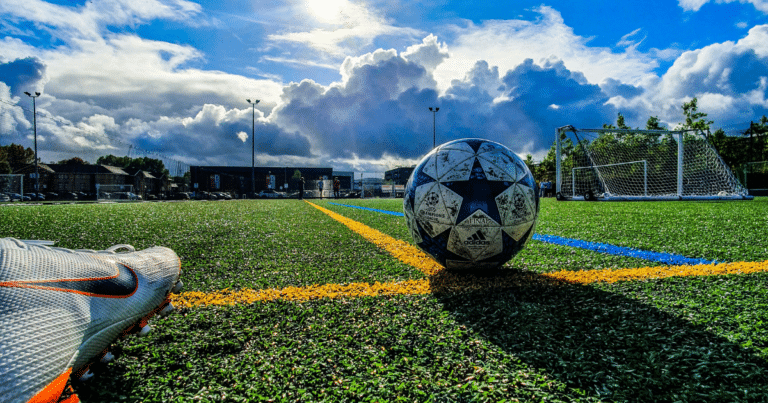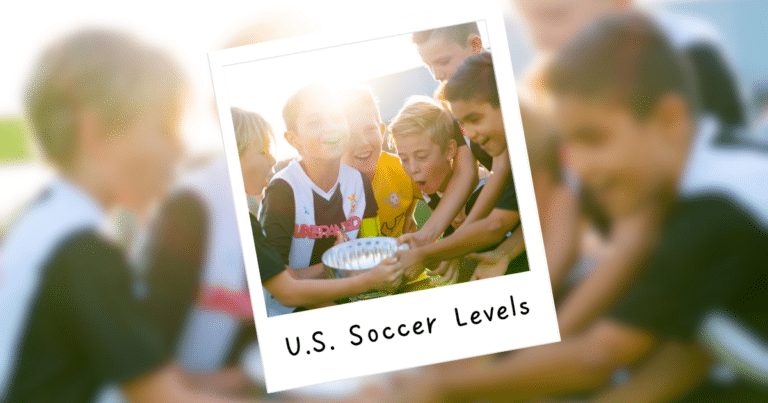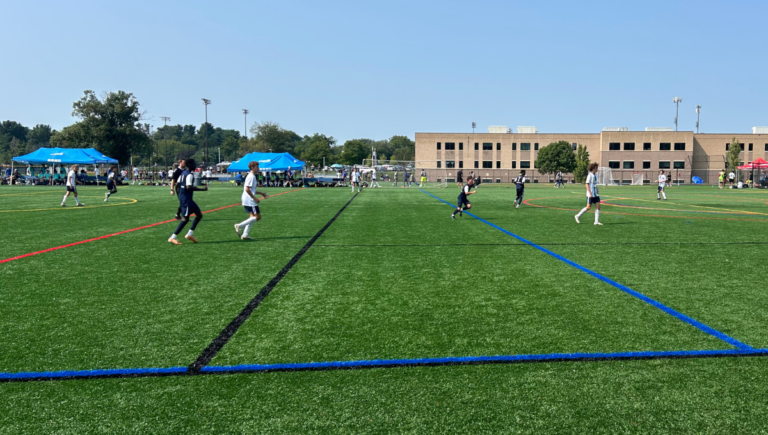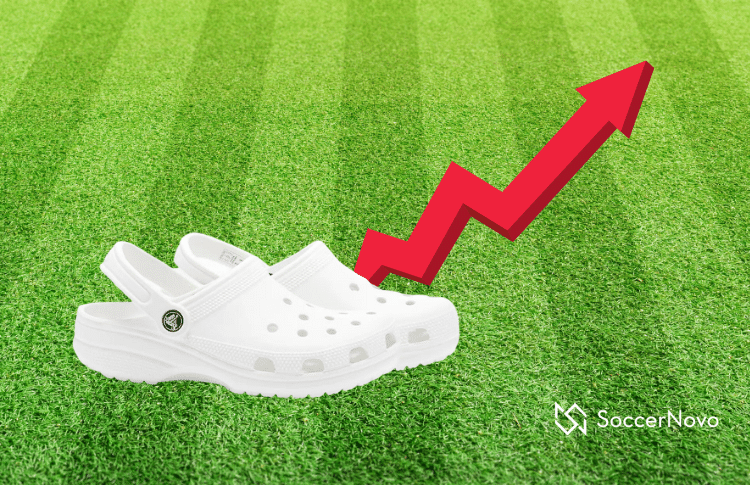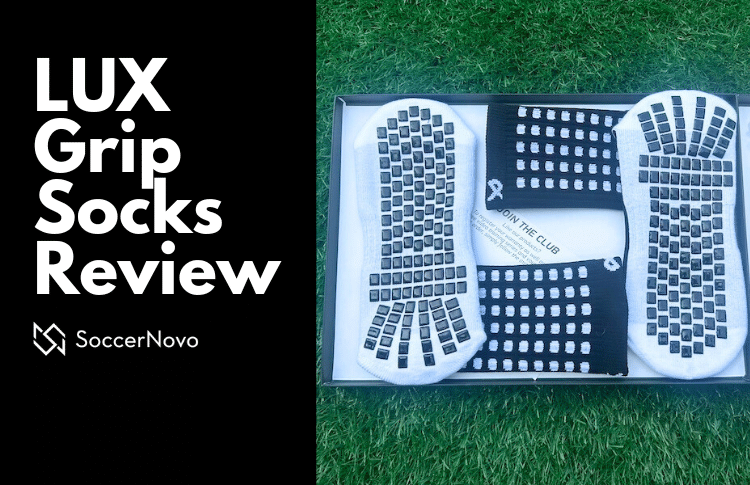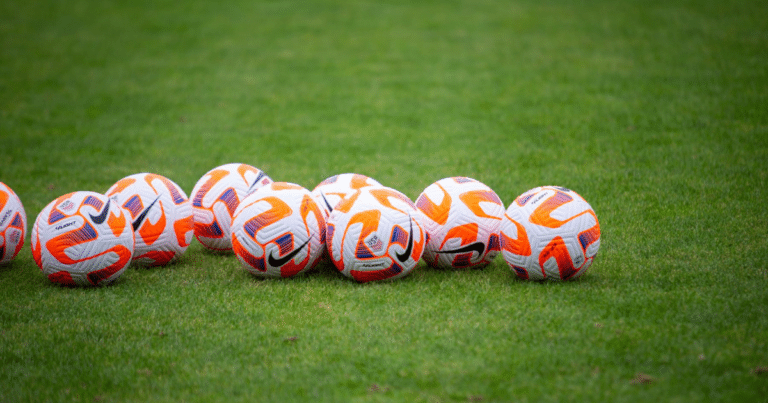Types of Soccer Cleats: Your Ultimate Guide
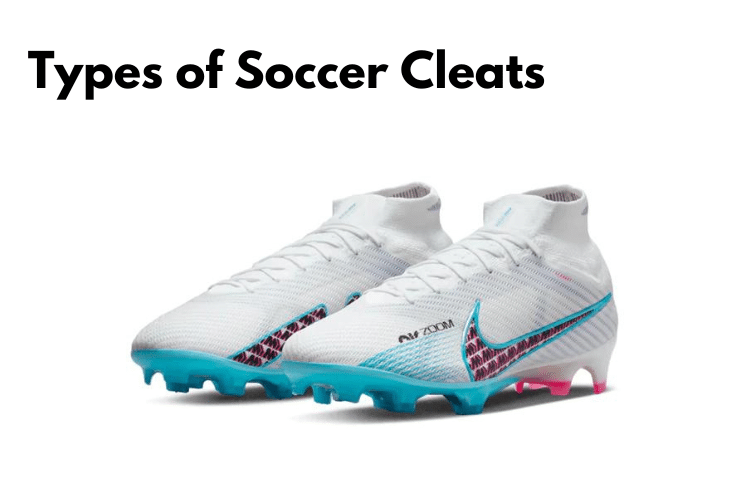
Did you know that there are several different types of
Key Takeaways From This Article:
- The most popular type of youth soccer cleat is Firm Ground (FG).
- For indoor soccer, you’ll want to use indoor or futsal-specific shoes. You can probably get away with normal
soccer cleats but they may dig into the turf without much give. - Most
soccer cleats use a modernized synthetic leather material which makes them lighter.
In general, the type of cleats you wear during training and games should be appropriate for the ground conditions that you will be playing on.
For example, if you play on artificial turf and indoors, you may want to invest in a couple of pairs of
I hope this article will help you choose the best type of soccer cleats!
Types of Soccer Cleats
The following are the various types of
Firm Ground (FG) Cleats
Firm ground cleats are the most common type of soccer cleats. It’s probably what you would buy when playing outdoors in the fall and spring.
Field conditions that have natural grass fields that are not too wet or too dry are ideal for these cleats.
These cleats typically have 12 studs equally distributed across the sole – (4) studs near the toes, (4) studs between the ball and arch of the foot, and (4) just beneath the heel.
Most FG cleats use a combination of bladed and conical studs, with the bladed studs usually under the heel to make it easier for the player to pivot.
FG cleats are popular with youth soccer players because they are versatile and effective on almost all soccer fields.
Artificial Ground (AG) Cleats
As the name suggests, AG cleats (also known as multi-ground cleats) are designed for use on artificial grass or turf.

They usually have shorter and more numerous studs to provide better traction and stability on the harder turf surface.
Many big brands like Adidas and Nike carry many AG cleats in their inventory. More so in the U.S., many fields are being converted from natural grass to artificial grass.
Soft Ground (SG) Cleats
SG cleats are best used on soft or muddy soccer fields. These cleats provide the most traction among all the cleat types.
Many youth soccer players do not need SG cleats as there are long metal studs that can be harmful to other players.
The studs in SG cleats taper towards the bottom and, compared to FG studs, they are longer and there are fewer of them. Because the studs can penetrate deeper into the soft ground, it enables easier turning and pivoting without slipping.
However, because of their longer studs, SG cleats are relegated to just soft and muddy fields and are not that suitable for hard and dry surfaces. The impact of the studs hitting the ground as the player runs will transfer right back up the legs, which can cause serious muscle and joint strain.
Indoor Cleats for Soccer
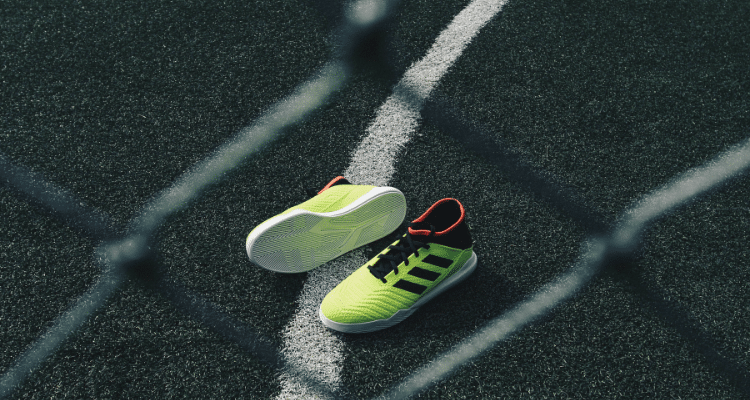
Indoor cleats are designed for use on indoor soccer fields or hard surfaces like a basketball court.
These cleats have a flat sole and a non-marking outsole to avoid scuffing the floor.
Wearing any type of studs on a hard surface can result in major slipping. You should never wear traditional
Futsal Shoes
Futsal shoes are similar to indoor soccer shoes, but have a thinner sole and are more lightweight for better maneuverability on the hard, smooth futsal court surface.
These shoes don’t scuff up surfaces like the hardwood on a basketball court.
Also, these shows are able to grip harder surfaces so players can change direction quickly.
Most players opt to just wear indoor cleats for futsal games so it isn’t necessary to buy two different pairs of indoor shoes.
Materials Used in Soccer Cleats
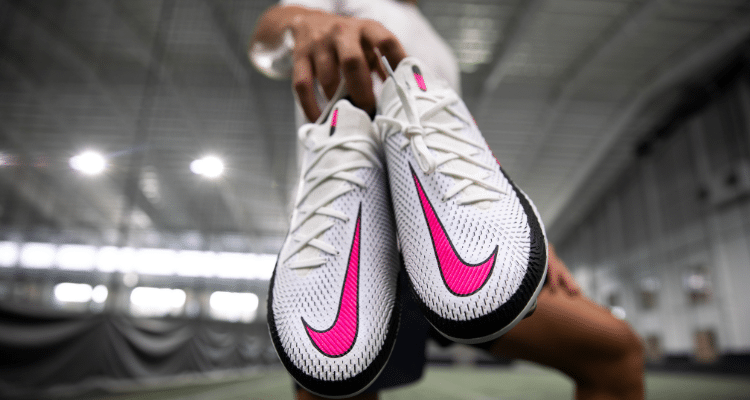
When it comes to
Different materials have different properties, which can affect the fit, comfort, durability, and traction of the cleats. Here are the three most common materials used in
Leather Soccer Cleats
Leather is a traditional material used in
However, leather cleats are often heavier than synthetic or knit cleats and require more maintenance to keep them in good condition. Leather cleats are best suited for players who prioritize comfort and durability over speed.
Synthetic Soccer Cleats
Synthetic materials, such as polyurethane and synthetic leather, have become increasingly popular in
Synthetic leather cleats are often more affordable than leather cleats and require less maintenance. They are also available in a wider range of colors and designs. Synthetic cleats are best suited for players who prioritize speed and agility over comfort and touch.
Knit Type Soccer Cleats
Knit materials, such as Flyknit and Primeknit, are a newer addition to
Knit cleats are best suited for players who prioritize comfort and agility over durability.
Parts of a Soccer Cleat
When it comes to understanding
Upper
The upper is the part of the cleat that covers the foot. It can be made of different materials, including leather, synthetic materials, and knit.
Outsole
The outsole is the bottom of the cleat, and it’s what comes into contact with the ground. Different types of outsoles are designed for different playing surfaces, such as firm ground, soft ground, turf, and indoor surfaces.
Firm ground outsoles are designed for natural grass surfaces, while turf outsoles have shorter studs for artificial turf. Indoor outsoles have a flat, non-marking sole for indoor surfaces.
Midsole
The midsole is the layer between the upper and outsole. It provides cushioning and support for the foot. Some cleats have removable insoles, which allow you to customize the level of cushioning and support.
Studs
Studs are the small protrusions on the outsole that provide traction on the playing surface. The length and shape of the studs vary depending on the type of playing surface.
Final Thoughts on Soccer Cleats
It is important for players to be comfortable with a certain type of soccer cleat. Understanding the differences between each can have a significant impact on the performance of the player.
At any given time, a player may opt to have a couple of pairs of cleats. For example, in the northeast, many players will go indoors or play futsal during the winter months. Having a pair of indoor
If you don’t know where to start or are still confused, your best bet is to purchase firm ground (FG) cleats as a soccer player. These are the most adaptable types of
I hope this article helped you decide which type of soccer cleat to go with!
Frequently Asked Questions
The most common type of soccer cleat is the firm ground (FG) soccer cleat. It is designed for use on natural grass surfaces that are neither too wet nor too dry. These cleats have a combination of conical and bladed studs that provide excellent traction and stability on the playing field.
If you are playing on artificial turf, then turf
There are five different types of
AG (artificial ground)

Written By: SoccerNovo
SoccerNovo is an independent youth soccer media brand built to help parents, players, and coaches better understand the game and the pathways available in U.S. soccer. Our mission is to make youth soccer simpler, clearer, and more accessible for everyone involved in it.
Let’s connect


